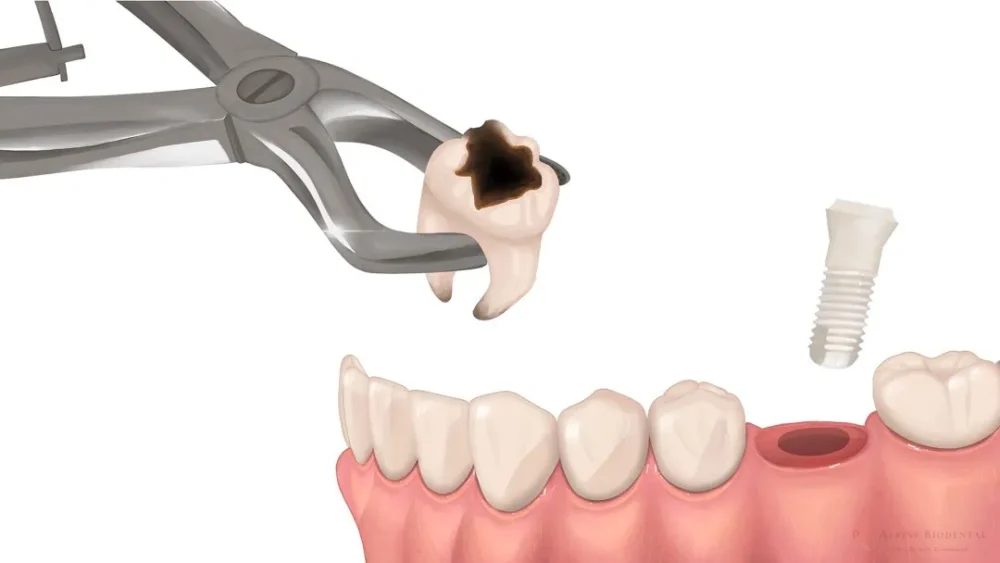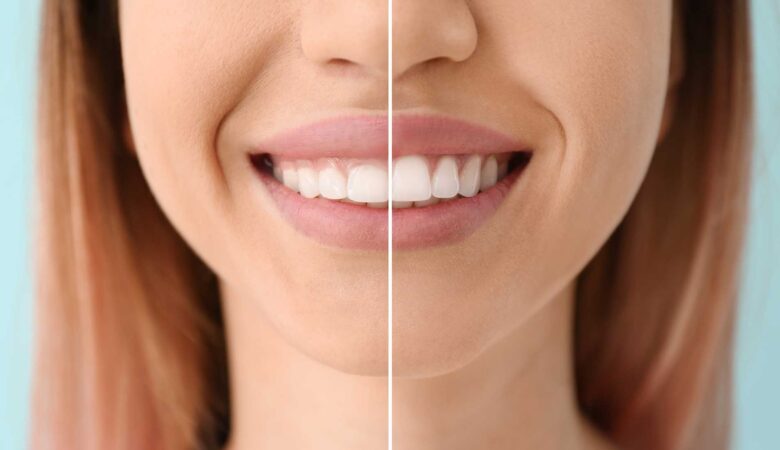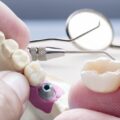Oh horror, the tooth has to go! What now? The restoration of the teeth and the restoration of full resilience within the shortest possible time are the primary patient wishes when teeth are lost. This is even more true when it comes to the front tooth area. Because it’s not just about function – there are also high demands on aesthetics. An immediate implantation with immediate provisional care can be the optimal solution here.
What exactly is an immediate implantation?
Immediate implantation means: Immediately after a natural tooth is removed from the patient, an implant – an artificial tooth root – is inserted into the jawbone, where it takes over the function of the tooth root. The implant itself is also known as an “immediate implant”. In this context there is also the term “immediate care”.
This is when a crown or prosthesis is attached to the implant immediately after insertion. The dentures applied are usually temporary and cannot be fully loaded in the first few weeks after implantation. However, there are also treatment concepts in which loading through chewing is possible immediately after the denture has been attached to the dental implant – the so-called “immediate loading”. This method is mainly used in treatments in which several implants are inserted into the jaw and connected to a complete crown block. You can find more information about dental implants in general here.
The most important criteria for immediate care and immediate loading
Whether a dental implant can be provided with a temporary restoration immediately after implantation and whether immediate loading of the implant-supported denture is possible depends primarily on the stability of the implant in the jawbone – the so-called primary stability. The higher the primary stability, the better the healing of the implant (osseointegration) in the jaw.
The primary stability in turn depends on the availability of bone and the quality of the bone. But the most modern dental techniques also contribute to achieving a very high level of primary stability. Immediate implant systems are conical in shape and have a special screw geometry. The implantologist can measure the primary stability when inserting a dental implant using a torque ratchet. If the primary stability is too low, immediate treatment is not carried out in order to avoid any risk of inappropriate healing.
What if the immediate implant cannot be replaced with a temporary crown?
Don’t worry, then it’s not called “courage to leave the gap”. If the implant cannot be fitted with the actual denture until it has healed, the gap is temporarily closed with a temporary bridge. Such temporary restorations, for example a Maryland bridge, are attached to the neighboring teeth without damaging them and take on a cosmetic function (closing the gap). They also ensure that the dental implant is not put under excessive strain.











